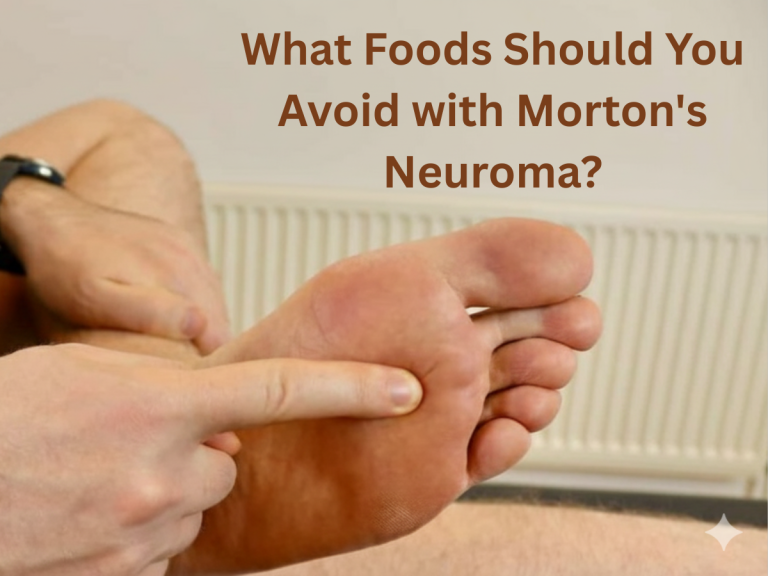Ankle fractures are more than just a broken bone — they involve a complex structure of bones, ligaments, and tendons that are essential to stability and mobility. As one of the most common lower-extremity injuries, especially among active adults and older individuals, proper diagnosis and treatment are critical for full recovery and long-term joint health.
What Is an Ankle Fracture?
An ankle fracture occurs when one or more of the bones that make up the ankle joint — the tibia, fibula, and talus — are broken. These fractures can range from small hairline cracks to severe breaks involving ligament damage or joint displacement.
Types of Ankle Fractures
- Lateral malleolus fracture (fibula)
- Medial malleolus fracture (tibia)
- Posterior malleolus fracture (back of tibia)
- Bimalleolar or trimalleolar fractures (multiple bones involved)
- Pilon fracture (impact-type fracture at the end of the tibia)
Severity varies based on how the bones break, if the joint is misaligned, or if the skin is pierced (open fracture).
Causes and Risk Factors
Ankle fractures often result from:
- Twisting injuries (e.g., slipping or misstepping)
- Direct trauma (e.g., car accidents or sports injuries)
- Overuse and stress (common in athletes)
Risk factors include:
- Osteoporosis or weakened bone density
- Obesity (increased mechanical stress)
- Participation in high-impact sports
- Improper footwear or poor terrain navigation
Signs and Symptoms
- Immediate, severe pain
- Swelling and bruising
- Inability to bear weight
- Deformity or misalignment
- Numbness or coldness (indicating compromised blood flow)
If you suspect an ankle fracture, seek immediate medical attention — delayed care can lead to improper healing and long-term instability.
Diagnosis
A comprehensive diagnosis typically includes:
- Physical exam: Checking alignment, swelling, range of motion
- X-rays: First-line imaging for bone damage
- CT or MRI scans: Used to evaluate complex fractures, ligament involvement, or subtle fractures not visible on X-ray
At Arizonafoot.com, our board-certified podiatrists utilize digital imaging and advanced diagnostic tools to provide accurate, on-site evaluation.
Treatment Options
Non-Surgical Management
- Casting or bracing: For stable fractures
- Immobilization: With crutches or walking boots
- Regular follow-up: To monitor bone healing
Surgical Intervention
- Open reduction and internal fixation (ORIF) is often necessary for displaced or unstable fractures. This involves:
- Realigning bones
- Fixating them with plates, screws, or rods
- Minimally invasive options may be used depending on the fracture type and patient health
Our surgical team at ArizonaFoot.com specializes in evidence-based techniques that reduce healing time and improve outcomes.
Recovery and Rehabilitation
Recovery depends on the severity and treatment method. In general:
- Immobilization lasts 6–8 weeks
- Physical therapy is essential to regain strength, flexibility, and proprioception
- Full return to activity may take 3–6 months, longer for complex injuries
Adherence to your podiatric treatment plan — including weight-bearing guidelines and post-op care — plays a major role in recovery.
Long-Term Outlook
With proper treatment, most patients fully recover. However, complications can include:
- Chronic pain
- Arthritis in the ankle joint
- Limited range of motion
- Risk of re-injury without proper rehab
That’s why partnering with a skilled podiatrist is crucial.
Why Choose Dr. Kris A. DiNucci for Ankle Fracture Care?
Our team of Arizona-based foot and ankle specialists combines decades of experience with modern technology to deliver personalized care plans. From conservative treatment to advanced ankle reconstruction, we ensure every patient gets the highest standard of care — close to home.




